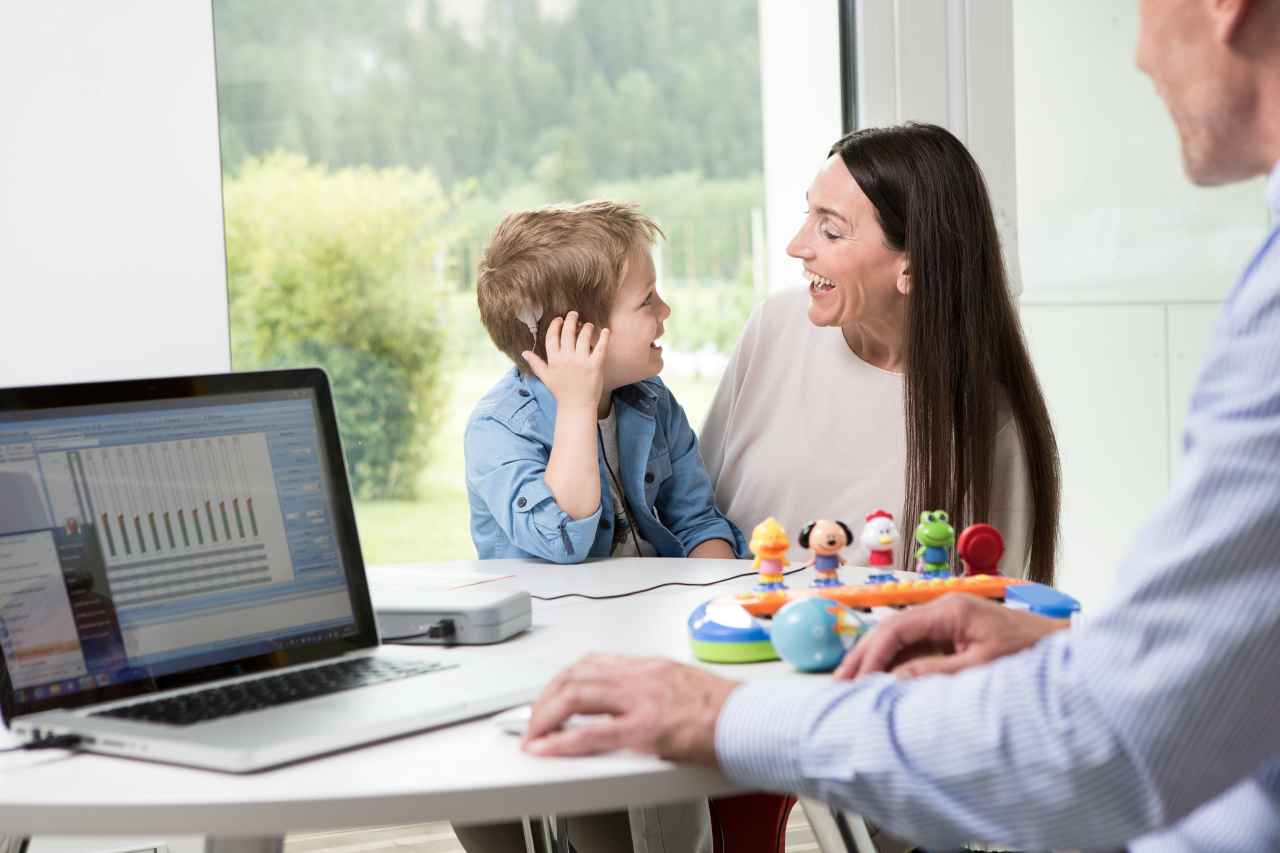MED-EL
Published Sep 09, 2016
A Guide to Keeping Track of Your Listening Records

When you visit your hearing specialist for a mapping session, there’s certain important information that’s needed for programming your processor. We share some practical tips for what information you should keep track of throughout your hearing journey. Whether it’s rehabilitation information or device details, keeping well-organized records will greatly benefit you or your child.
Listening log
Keeping a listening log can save you time and improve your mapping performance. Detailed information about how well you hear in different listening settings and with different programs can help your audiologist map the most effective settings for your everyday life. A spiral notebook with separate sections is a good way to record these entries. Here are some ideas for what to include in your listening log:
- New environmental sounds that you don’t recognize, such as a train passing or a dog barking. Write them down and see if you recognize them the next time you hear them.
- Misheard words, directions, or conversations. Don’t be shy—noting mistakes is a great idea! It helps the audiologist understand what frequencies you may be having difficulty hearing.
- Music that you enjoy listening to. Whether you are an Elvis fan or a Belieber, take note of the music you enjoy. With practice, you can learn to appreciate music with your implant. Try MED-EL’s Spotify playlist or make your own playlist!
- The volume of devices that you listen to: television, phone, computer or tablet. Keeping track of your listening preferences will help you or your hearing specialist recognize any changes in your hearing—good or bad.
- How well you can hear conversations in certain environments, for example in the car, at home, in a restaurant, on the phone. You can then notice changes in your ability to understand speech in poor conditions.
Medical files
For your medical files, keep them in order by date. This information can be helpful for your own review, and for your medical or hearing specialist. Keep records of:
- audiograms
- mapping information
- any other relevant information from your hearing specialist.
Your medical device
Implants and audio processors don’t come with tags on them like clothes do. So, it’s important to know the details of your device well. Keeping information about your medical device is helpful for many reasons. You can share the information with medical professionals, with your hearing specialist, or use it for troubleshooting.
Keep the following information handy:
- Details about the kind of implant you have and the date you received it. This could be helpful to medical professionals should you need an MRI.
- Troubleshooting guides for caregivers, teachers, or rehabilitation specialists. You can also get this information from MED-EL’s website.
- A list of all the cables and extra tools that come with or are made available for your device. This is in case you wish to order more parts in the future.
Additional record-keeping tips for parents
There are various documents that are helpful to give to your child’s medical or hearing specialists and teachers. Your child may have a change in teachers or hearing specialists. This information will be helpful in getting your child back on track to a better listening future.
- Always keep a “Listening Kit” at school—think of it like a first-aid kit. This may include extra batteries, an extra cable, and troubleshooting guides for the teacher, SLP, or teaching assistant.
- Provide a tracking sheet for the Ling 6 Sound Check—MED-EL offers a free download of Ling 6 Sound Cards. Teachers at school should be checking your child’s audio processor twice daily—once in the morning and once in the afternoon. After time, your child may be able to do this reliably themselves. Teachers should report any issues so that you, or they, can report these to your child’s audiologist.
- It is always helpful to keep child-friendly resources on hand to help teach your child’s new classmates about their device. Some examples are: Mellie Gets a Cochlear Implant, The M-Team, or Will Wonder. You can download these from the MED-EL website.
This post was written with help from Jeanne Fredriksen, a Rehabilitation Specialist at MED-EL.
Did you like this post on how to keep track of your listening records? Subscribe to the MED-EL Blog by entering your email below to get posts on rehabilitation tips, guest stories and technology sent straight to you every week!
MED-EL
Was this article helpful?
Thanks for your feedback.
Sign up for newsletter below for more.
Thanks for your feedback.
Please leave your message below.
Thanks for your message. We will reply as soon as possible.
Send us a message
Field is required
John Doe
Field is required
name@mail.com
Field is required
What do you think?
MED-EL


